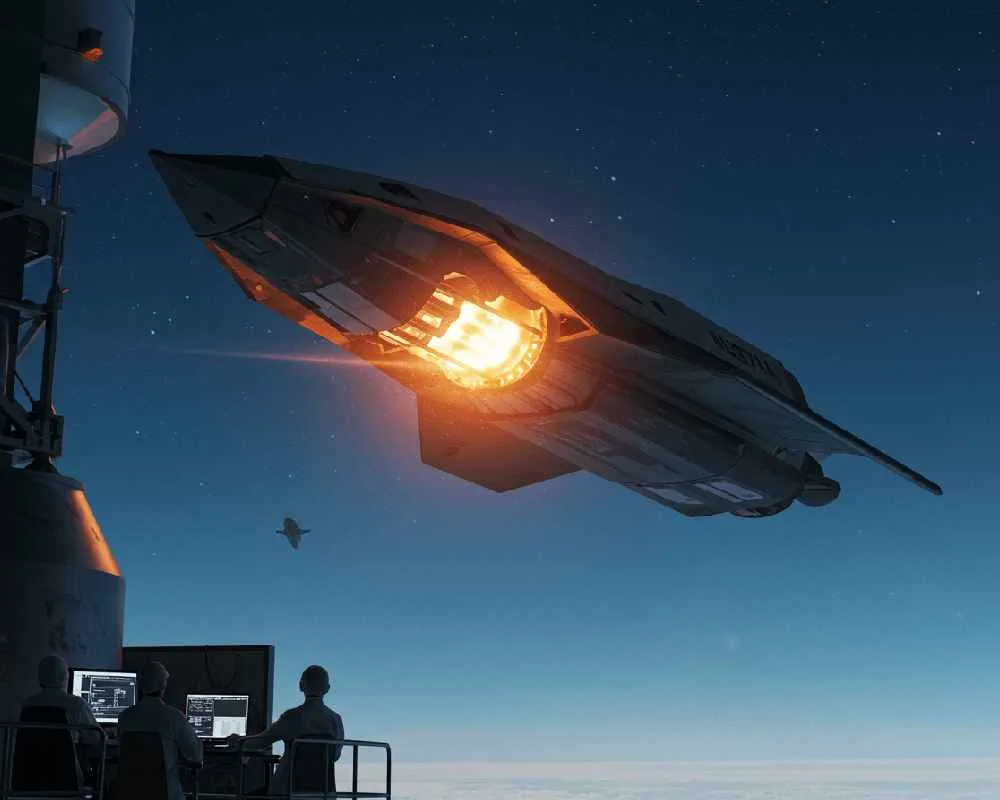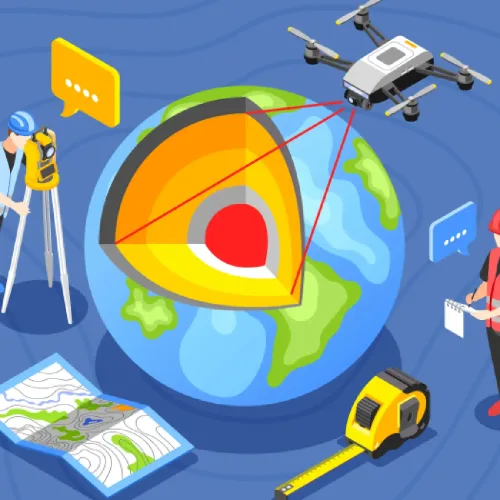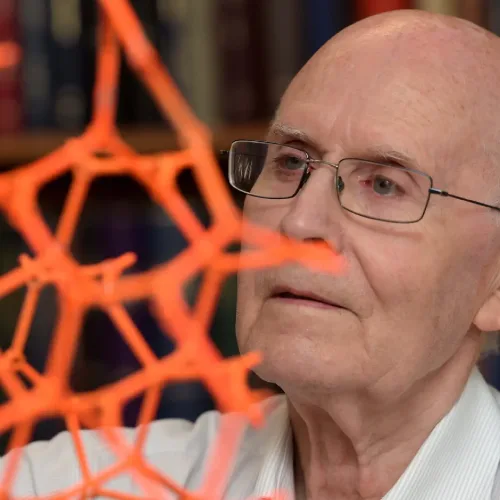Imagine a spacecraft that moves through space’s empty spaces. It conducts cutting-edge tests and returns to Earth, ready to take off again. You might not be aware. The X-37B is a space plane you can use more than once. It is made by the U.S. Air Force and Boeing. It has spent over 3,000 days in orbit on long missions. These keep many things under wraps. As countries around the world push their space goals ahead, we need smart and cheap technologies. This is where the X-37B comes in. It is an amazing piece of modern flying tech. It is changing the game. Furthermore, it pushes the boundaries of what we can do with space vehicles we can use again and again.
This blog will explain how the X-37B space plane is creating a revolution in space travel. It connects satellites with reusable rockets. It also clears the path to sustainable exploration. The X-37B boasts a unique design and unmatched accomplishments. It is not just a space plane. It stands for human creativity and the non-stop quest for new ideas.
Let’s look at the origins, traits, and influence of this amazing spacecraft. We will see how it is pushing the space technology ahead.
The Genesis of the X-37B Space Plane

The X-37B space plane was originally an idea crafted under the stewardship of NASA in the illumination of the late 1990s. The U.S. Department of Defense converted it into a testing ground for future spacecraft technologies. The goal was simple yet ambitious, to produce cost-effective, and versatile spacecraft. The X-37B space plane has revolutionized aerospace engineering. It has merged cutting-edge innovation with practicality.
The vision were focused on the reusability, reducing cost, and extra mission versatility. The X-37B program was designed to test different propulsion systems and deploy small satellites.
Key milestones in its development include:
- 1999: The X-37 program is initiated by NASA to explore the technologies of reusable spacecraft.
- 2004: Boeing takes over the project and continues it in the U.S. Air Force.
- 2010: It sets the stage for a new era in reusable space technology: the X-37B completes its first orbital mission.
Purpose and Vision

The X-37B was designed as an opportunist, capable of filling the void between orbital satellites and reusable rockets. The X-37B is a reusable platform unlike single use satellites, which burn in re-entry, or rockets that need intensive refurbishment. Its primary objectives include:
- The testing of advanced propulsion system and thermal shielding material technologies.
- Experiments that need high doses of space environment.
- To show that autonomous spacecraft operations are feasible.
As a vehicle that can serve dual roles in both research and operational needs, the X-37B is the cornerstone of modern aerospace innovation.
Features and Specifications of X-37B Space Plane
The X-37B is a very compact design that is still powerful. The length is approximately 29 feet. Having a wingspan of only 15 feet, it is smaller than the Space Shuttle. It, nonetheless, can carry out complex missions. Its key features include:
- Autonomous Operation: The X-37B is loosely assembled. The accuracy of maneuvers in orbit is its biggest claim to fame. It is safe to return to Earth, and the software ensures that this is the case.
- Reusable Design: Repetitive missions are built for this spacecraft, resulting in lower operational costs than traditional expendable spacecraft.
- Payload Bay: A versatile compartment capable of carrying any type of experiments, prototypes, or small size satellites.
| Feature | X-37B | SpaceX Starship | NASA Space Shuttle |
|---|---|---|---|
| Length | 29 feet | 164 feet | 122 feet |
| Wingspan | 15 feet | 29.5 feet | 78 feet |
| Payload Capacity | 500 pounds | Over 100 tons | 65,000 pounds |
The X-37B is an autonomous spacecraft unlike traditional spacecraft, designed to reenter Earth’s atmosphere without human intervention. The compact structure typically facilitates faster mission turnaround with drastically lower waste and costs.
Advancing Reusability
The X-37B is designed to be reusable. Each mission showcases advancements in:
- Thermal Protection: Materials that survive extreme temperatures during re-entry.
- Durability: In the rough conditions of space, surviving for some time.
- Efficiency: Multiple missions performed with little or no refurbishment between flights.
In addition to cost savings, these innovations help reduce waste. Reducing waste is becoming increasingly important on the road to sustainable space exploration worldwide.
Mission Successes and Milestones of X-37B Space Plane
Its missions have redefined what would be possible with reusable spacecraft. Some of its missions have lasted over 800 days, and it’s done many of them. From testing advanced materials to improving propulsion systems to deploying satellites, these missions have undertaken all of that.
Among notable achievements, testing ion propulsion systems was also included. Today, spacecraft using ion propulsion as their primary engine in deep space missions might emerge from these systems. And now it’s the X-37B space plane. The durability and versatility of this transformation have proved themselves. It goes into orbit and stays up there a long time. Rather, it exemplifies how satellite and reusable spacecraft technology (related to) contributed to the development of the satellite and lower stages led by the short record in the decline in the development of earth satellites.
Real-World Impacts
Beyond its technical achievements, the X-37B space plane contributes to practical applications, including:
- Satellite Deployment: Filling communication, navigation, and weather forecasting.
- Materials Science: To further knowledge of how materials work in extreme conditions.
- Defense Applications: Reconnaissance and Technology Testing for Enhancing National Security.
This is cutting edge science, but it is also operational utility. Reusable spacecraft calls for such a high standard. That opens the door for the wider use of technologies like these.
Impacts on Space Exploration and Beyond
Understanding the X-37B is more than a technological showcase; it’s a game changer for the future of space exploration. It is reusable and versatile. It is thus a cost effective solution for multiple missions. They are reshaping how governments and industries think about how to go about space operations. Key impacts include:
- Cost Efficiency: Reusable systems greatly reduce the cost of space missions, making it possible to send more frequent and wider ranging expeditions.
- Technology Development: The X-37B is a testbed for innovative technologies that accelerate the pace of propulsion, materials science, and autonomous operation advancements.
- Sustainability: One of its greatest strengths is that it utilizes space exploration to reduce waste as the world strives to be environmentally responsible.
Paving the Way for Future Missions
Its success allows more people to start looking at reusable technology in aerospace. Consider how:
- Reusability is emerging as a business case. As this becomes more accepted, more and more space agencies start to see that included in their mission designs. Agencies like NASA and ESA are among them.
- Private companies like SpaceX are also using similar principles. They aim to take commercial space travel off the ground.
Future sustainable space exploration has been set by its X-37B, which has already shown practicality in terms of reusability.

Future of Reusable Space Technology
Today, reusable technology is no longer a dream, it is a reality. Success with the X-37B has spawned collaborations between the public and private sectors. Others, like SpaceX and Blue Origin, are leading the way. The idea with future iterations of reusable spacecraft is that they will incorporate AI in them such that they can carry out even more efficient autonomous operations.
However, missions to other planets are now a reality. The X-37B allows these lessons for reusability to become the norm. We hope this shift will reduce costs, accelerate timeframes, and make space exploration possible to more countries and organizations.
Challenges in Reusable Space Technology
The X-37B space plane has achieved a lot, but there are challenges. Public speculation of military applications is sparked by its classified missions. For some, the idea is symbolic innovation; for others, it’s a lack of transparency.
As well, technical and financial obstacles exist. But emerging competitors like SpaceX also pose stiff challenges, and scaling reusable technology remains expensive. But as hardware and what is possible continue to move forward, the limit feels impossible to reach.
Supporting Future of Space Exploration
The X-37B confirms that the future of space is in fact closer than it seems. When we can adopt reusable technology, then we can start to innovate and explore new ground. The good news, however, is that these support these. They advocate for research. They also encourage globally engaged collaborations. Additionally, they spur the next generation of engineers and scientists.
Elon Musk once said something profound.
“When something is important enough, you do it even if the odds are not in your favor.”
This spirit is always expressed in lessons learned in space aboard vehicles now long gone. The X-37B addresses this spirit. It opens a path for a future where space truly is within reach.
Conclusion
We mark the X-37B space plane as a monument to reusable space technology. It has closed the gap between cost efficiency and innovation to thereby redefine the possibilities of space exploration. The use of reusable spacecraft is signaled by its autonomous capabilities. Further, the mission successes show this potential. Additionally, sustainability should be emphasized. They are clearly capable of changing how we think about space, and how humanity is connected to it. The X-37B space plane is a blueprint for pioneering the way in aerospace. It also paves a way for future innovations. We continue to innovate and partner. As a result, our dream of making space exploration affordable is now closer. It is increasingly becoming a sustainable reality.
Often Asked Questions
The X-37B can easily go into space, carry small satellites or test tools, and drop them off in orbit. It can also collect or bring back parts to study, making it quicker to test and improve space technology.
Main challenges include strict space rules, international agreements, and being open with other countries. We also need to deal with technical limits, mission secrets, and the need for trust and clear rules about using space.
The X-37B has a secret but advanced engine that probably helps it move between orbits quietly. Because its technology is not known to the public, people guess that it can change position without being easily seen, which makes it more mysterious.
The X-37B has special heat protection that includes strong tiles and insulation to handle the heat when it comes back to Earth. These features help it return safely and be used again, providing important information for future spaceplane designs.




